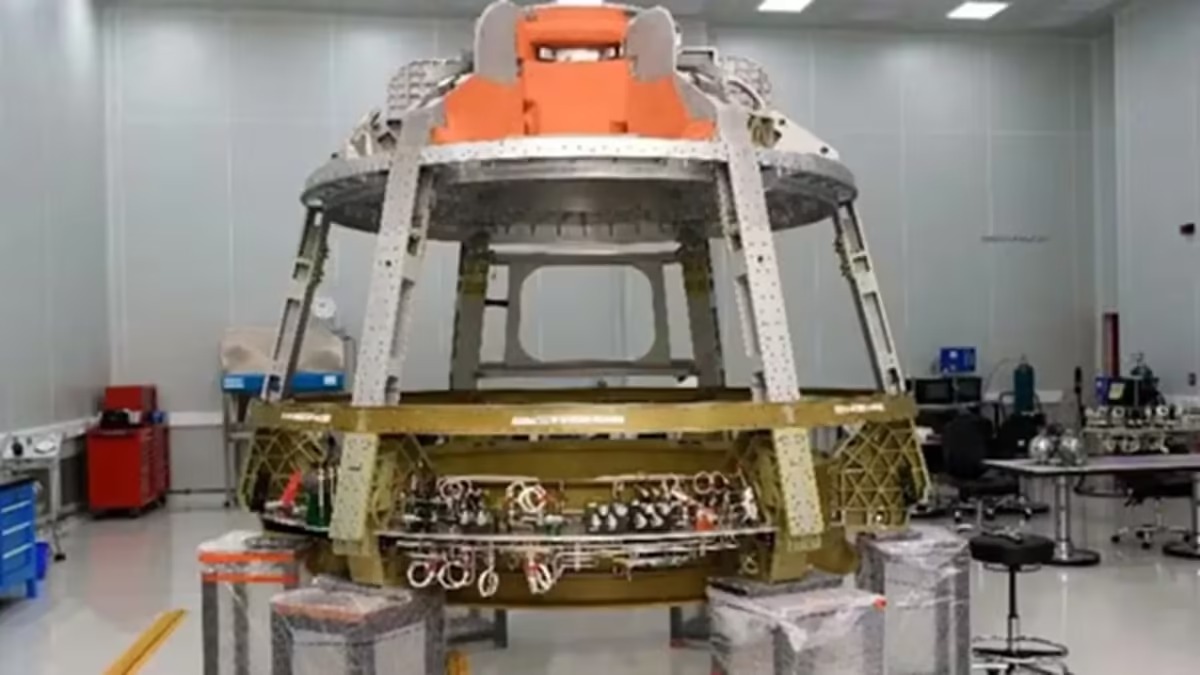
ISRO's Liquid Propulsion Systems Centre (LPSC) has launched the crew module for Gaganyaan's first unmanned mission into orbit after successfully completing the integration of the liquid propulsion system.
ISRO's first attempt in this direction
Gaganyaan is ISRO's first attempt towards achieving the capability of sending manned missions into space. ISRO is planning to send an unmanned mission into space before launching a manned crew under the Gaganyaan project.
The crew module is a fully autonomous spacecraft
The crew module is a fully autonomous spacecraft designed to carry a three-member crew into orbit and return safely to Earth after the completion of the mission duration. Bengaluru-based LPSC launched the crew module from Satish Dhawan Space Center in Sriharikota, officials said.
According to ISRO, the Crew Module Propulsion System (CMPS) is a bi-propellant based reaction control system (RCS) designed to provide precise 3-axis control (pitch, yaw and roll) to the crew module.
This system was used
ISRO said the system comprises 12 100N thrusters, pressurisation system with high-pressure gas bottles and propellant flow system with associated fluid control components. According to officials, the 100N thrusters are rocket motors used for propulsion in spacecraft.
Ground testing completed
Ground and air tests have ensured their capability to meet human safety requirements. Apart from this, the highly reliable Crew Escape System (CES) has also increased the confidence in the human mission plan made by ISRO. CES allows the human crew to separate at any stage before the module is placed in orbit. HLVM3 is a three-stage vehicle, 53 meters long and weighing 640 tons and has a payload capacity of 10 tons. It has been made extremely safe and many additional things have been installed which ensure the safety of the astronauts.
Read More: Goa fire tragedy: Thailand hands over Luthra brothers to India, to be brought back today
--Advertisement--

 Share
Share



